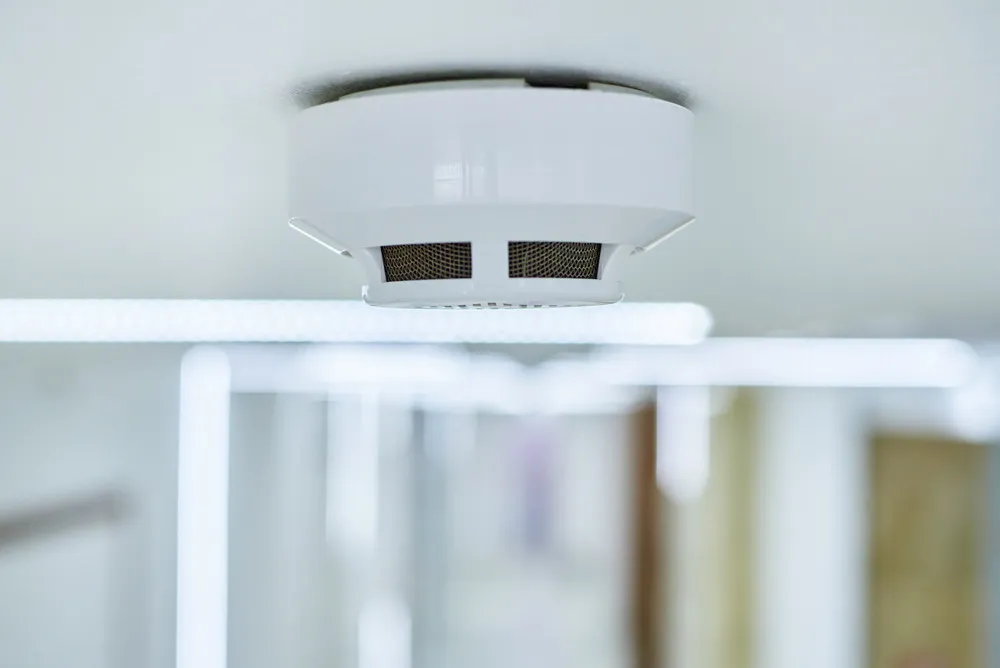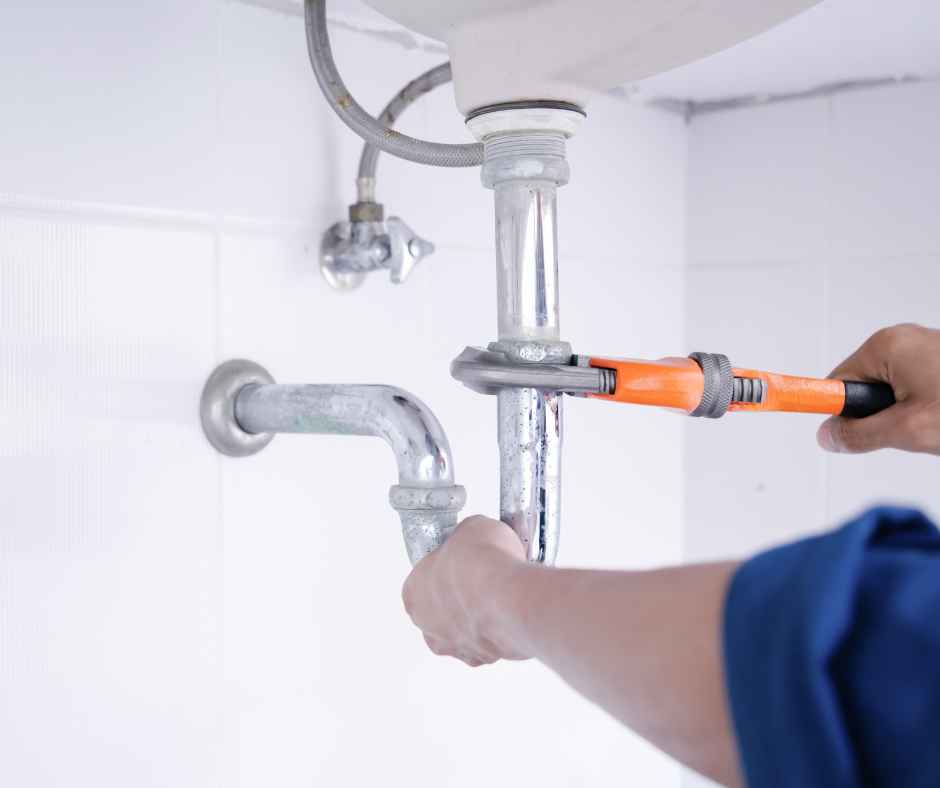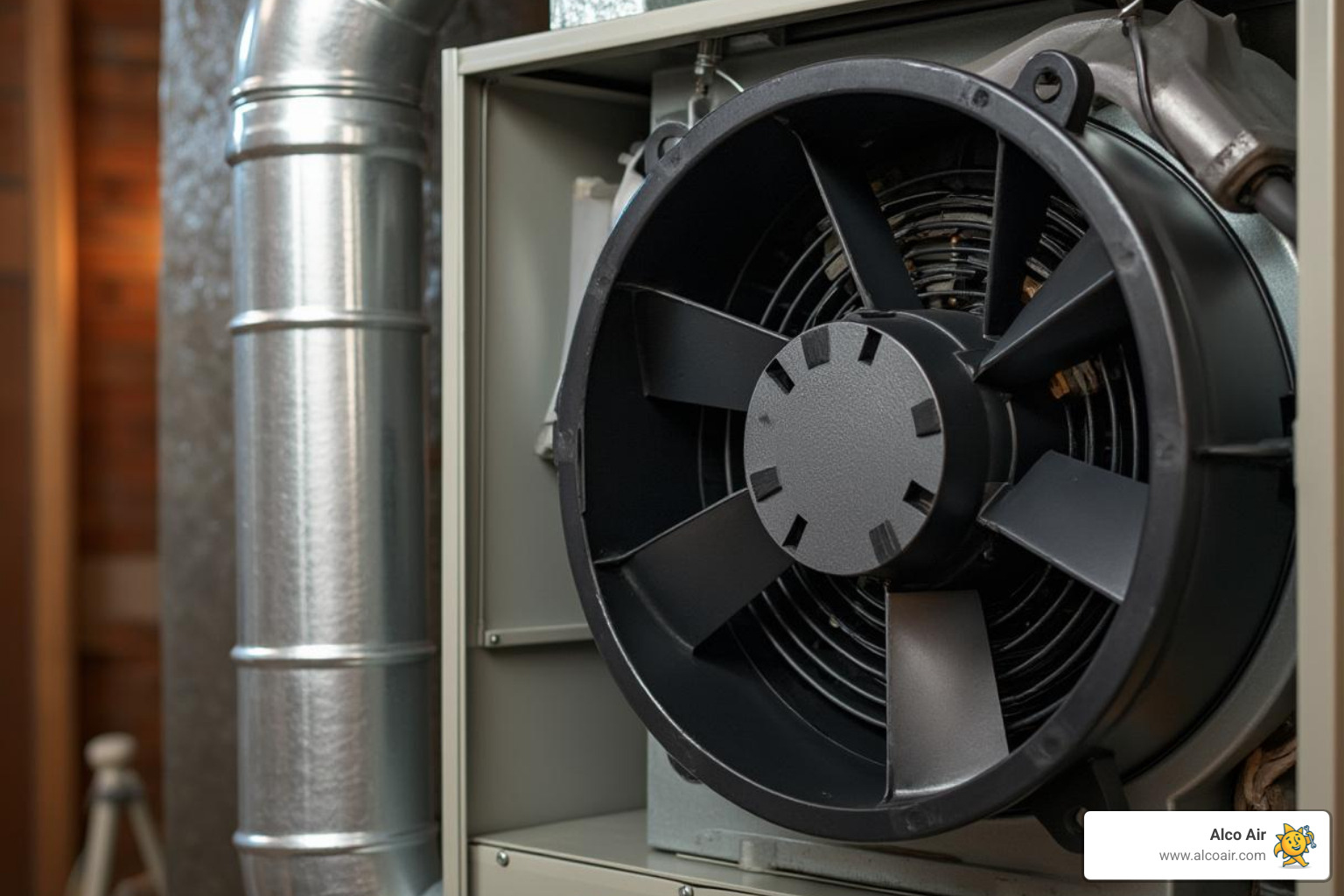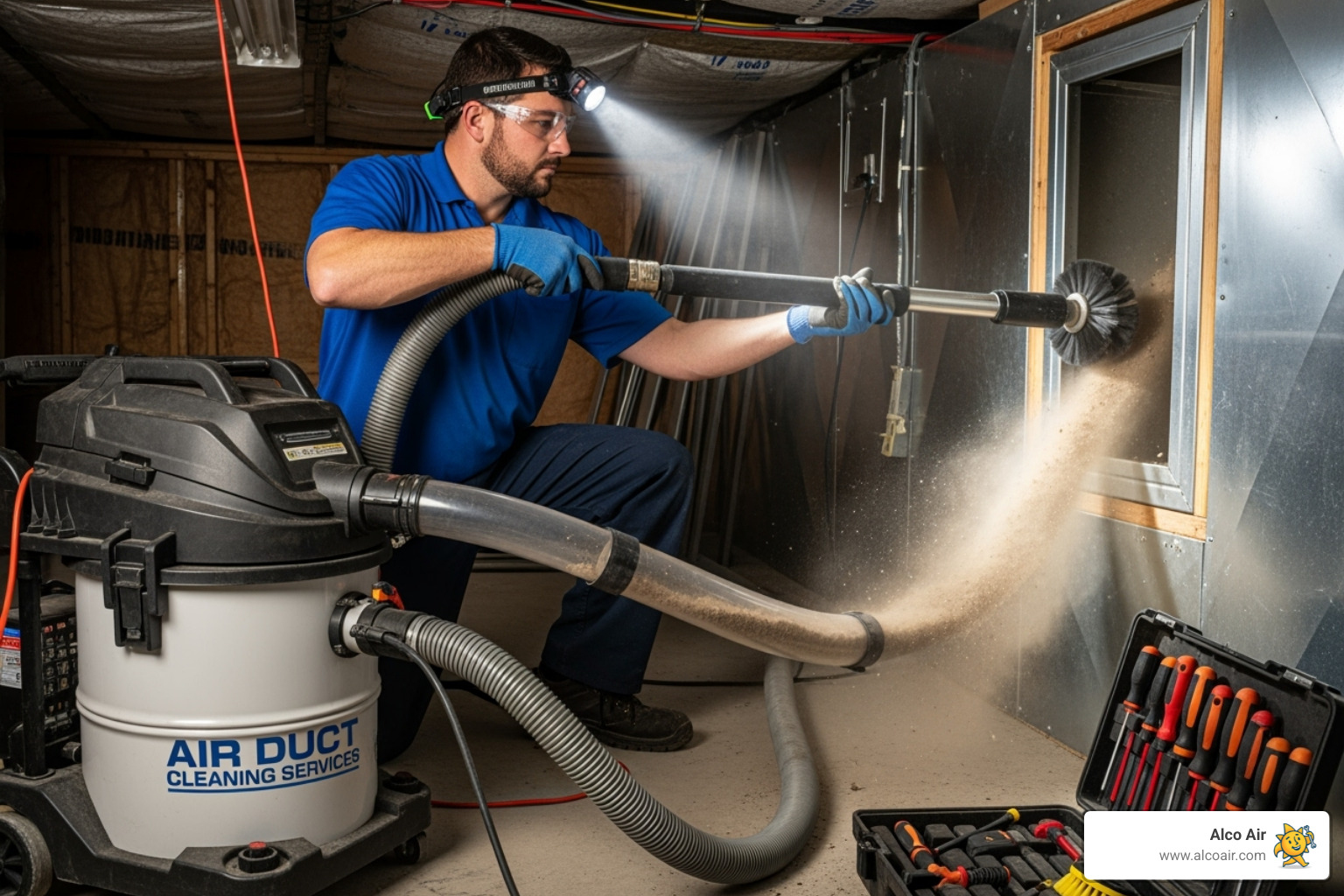Carbon monoxide (CO) is a silent threat that lurks invisibly in homes, endangering lives by escaping detection without the right equipment. This colorless, odorless gas can arise from any fuel-burning appliances such as furnaces, stoves, or water heaters. Understanding the dangers of carbon monoxide and taking preventive measures is crucial for ensuring the safety of your household.
Our homes are meant to be safe havens, but they can harbor this potentially lethal gas. The proper installation and maintenance of carbon monoxide detectors are vital steps toward safeguarding your family. These devices play a critical role in detecting unsafe levels of CO and alerting you before health-threatening conditions arise. With several types and brands on the market, choosing an appropriate carbon monoxide detector can seem daunting.
Understanding Carbon Monoxide and Its Risks
Carbon monoxide (CO) is often referred to as the “silent killer” because it is a colorless, odorless gas that can be fatal if inhaled in large amounts. Every year, it’s responsible for sending numerous individuals to emergency rooms, and unfortunately, it can be lethal without clear, immediate symptoms, signaling its presence. CO is produced any time a fuel source is burned, including gasoline, wood, charcoal, oils, and natural gas. This means common household appliances like gas stoves, heaters, and furnaces can become potential sources of this hazardous gas if they are malfunctioning or poorly ventilated.
The risks associated with carbon monoxide are particularly severe because without an alarm, CO is undetectable by humans. Prolonged exposure to low levels can result in serious health issues, such as permanent brain damage or heart disease, while high levels can be immediately dangerous to life and health. Symptoms of CO poisoning are often flu-like and can include headache, dizziness, weakness, upset stomach, vomiting, chest pain, and confusion. Because these symptoms are quite generic, they can easily be mistaken for other illnesses, which makes understanding and recognition of CO exposure crucial for safety.
How Carbon Monoxide Detectors Work
Carbon monoxide detectors are critical as they provide the only warning sign of CO in the air. These detectors measure the amount of carbon monoxide over time and sound an alarm if the levels become dangerously high. There are several types of CO detectors available, but the most common are biomimetic sensor, metal oxide semiconductor, and electrochemical sensor detectors.
Biomimetic sensor detectors use a gel that changes color when it absorbs carbon monoxide, triggering the alarm. Metal oxide semiconductor detectors have silica chips that detect CO and send an electrical signal to trigger the alarm. Lastly, the electrochemical sensor is considered the most accurate. It uses chemical solutions and electrodes to detect changes in electrical currents caused by the presence of CO, which then triggers the alarm.
Effective carbon monoxide detectors not only sound an alarm but are also equipped with features like digital displays. These displays can tell you the highest level of CO concentration in your home since the last reset. This is important for understanding exposure levels and can help in diagnosing symptoms related to CO that may have been experienced by the residents. Our professionals recommend placing a CO detector on every level of your home and near every sleeping area to ensure maximum protection and effectiveness of the detectors.
Choosing the Right Carbon Monoxide Detector for Your Home
Selecting the appropriate carbon monoxide detector is essential for ensuring your home’s safety. We understand that with various types and features available, this can be a challenging decision. The key is to consider the specific needs of your home. First, decide between battery-operated units or those that plug into your home’s electrical system, with battery backup. While battery-operated detectors are easy to install and work during power outages, hard-wired detectors provide continuous operation and can integrate with your home’s existing security system.
Second, consider the features offered by different models. Some detectors include a digital display that shows CO levels, which can be helpful for monitoring the air quality over time. Others have smart technology that can send alerts to your phone, helping you monitor your home even when you’re away. Additionally, look for units that offer a combination of smoke and carbon monoxide detection to simplify your safety systems.
Finally, ensure that any detector you buy is certified by a recognized standards agency such as Underwriters Laboratories (UL). This certification confirms the detector meets specific safety and performance standards. We suggest purchasing detectors from trusted brands known for their reliability and customer support, as this can make a significant difference in ensuring long-term satisfaction and safety.
Installation and Maintenance Tips for Carbon Monoxide Detectors
Proper installation and maintenance are crucial for the effective performance of carbon monoxide detectors. Installing detectors in the right location is the first step toward ensuring your family’s safety. Place a detector on each level of your home, including the basement and near any major gas-burning appliances. Avoid locations where the detector may be triggered by false alarms, such as too close to the kitchen or in excessively humid areas like bathrooms.
Regular maintenance includes testing the detector monthly to ensure it is working correctly. Most detectors have a test button that, when pressed, will indicate whether the device’s electrical circuit is operating as expected. It’s also important to replace the batteries in battery-operated units at least once a year unless the model is equipped with a 10-year sealed battery. Remember, replacing the entire detector unit is necessary every 5 to 7 years or according to the manufacturer’s guidelines.
Documenting these maintenance checks can help you keep track of your detector’s functionality and ensure you remain proactive about your home safety. Keeping spare batteries at home and being familiar with the sound of the alarm are also good practices, helping to ensure that all household members know how to respond in case of a CO alert.
Thank You for Your Trust in Us
Ensuring the safety of your home from the threat of carbon monoxide is a matter we take seriously. With the right carbon monoxide detectors installed and maintained properly, you can significantly reduce the risks associated with CO exposure. We at Alco Air are committed to helping you select, install, and maintain the best possible carbon monoxide detection system tailored to your home’s specific needs.
If you need assistance or have any questions about carbon monoxide detectors, please feel free to contact us. Our team is here to provide the support and expertise necessary to ensure your home remains a safe environment for you and your loved ones. Trust our HVAC company in White Oak, TX for all your home safety needs.











